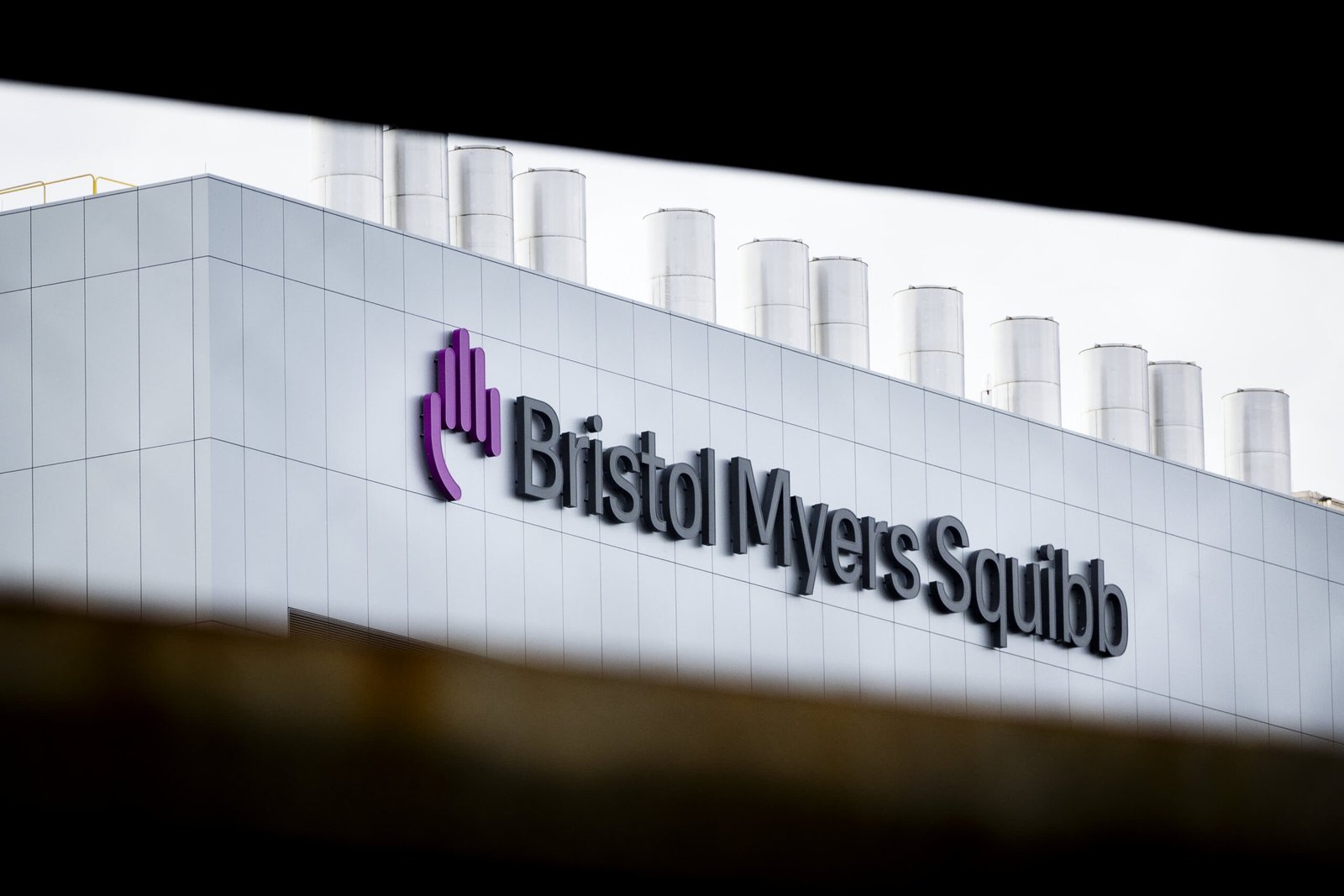Stretched valuations have investors scrutinizing the hyperscalers at a time of rising competition and greater trade tensions.Stretched valuations have investors scrutinizing the hyperscalers at a time of rising competition and greater trade tensions. The Magnificent Seven stocks have been separating to start the year, a splintering in performance that has broader implications for the entire market. Roughly half of the Magnificent Seven stocks are down to start the year, as historically high valuations have investors scrutinizing the hyperscalers at a time when artificial intelligence competition and trade tensions are becoming bigger challenges for the group. AI posterchild Nvidia has fallen about 5% so far this year. Apple is down more than 7% year to date, while Tesla has dropped more than 8%. Microsoft is off by more than 1%. Conversely, Meta Platforms is far and away the leading megacap, up 21% in the just the past five weeks. Amazon is higher by more than 8%, while Google-parent Alphabet is up less than 1%. The uneven performance from a group that powered the bull market since late Nov. 2022 has muddied the outlook for 2025, with investors uncertain whether the Magnificent Seven companies will remain the market leaders or if they should look elsewhere for gains. “If you’re a retail investor, and all you did was buy an ETF that said ‘Mag Seven’ last year, you won,” said Kim Forrest, investment chief at Bokeh Capital Partners. “And now you have to figure out what to do this year.” Any underperformance in the megacaps is worrisome for the S & P 500, since they make up such an enormous chunk of the cap-weighted benchmark. Nvidia alone makes up about 9% of the index. NVDA YTD mountain Nvidia, year to date “Anytime you have one of those larger constituents not growing as fast, it’s going to diminish the growth of the S & P 500,” Forrest said. New competition, trade tensions Part of the recent weakness has to do with DeepSeek exploding onto the AI scene. The Chinese AI startup is a late entrant into the AI arms race that investors expected would be dominated by the incumbent U.S. megacaps. Instead, DeepSeek — which said it spent just $6 million to build a free, open-source large language model —upended that view, introducing the possibility that AI competitors could surface from just about anywhere. The development hurt the megacaps most exposed to the AI theme, such as Nvidia and Microsoft, while those with more diversified businesses — such as Amazon — or those who spent less on Nvidia’s AI semiconductors — such as Apple — outperformed. “It’s unclear who the winner is going to be,” Forrest said. “And that’s where [DeepSeek] comes into this, in that we don’t know. That threw everybody for a loop. That it wasn’t the people that they knew. It was some dark horse coming out of nowhere.” “It has put into people’s minds doubt that AI is going to be easy peasy, and the leaders are going to remain leaders,” Forrest said. Fourth quarter earnings season has only added to those concerns, and widened the gaps among the seven former leaders. Those businesses with little to show for their AI investments, while simultaneously ramping up spending, have investors worried they will take longer than hoped to capitalize on potential AI profits. This week, Google-parent Alphabet dropped on disappointing cloud revenue. China has also been a headwind, with escalating trade tensions weighing especially on those companies with the greatest overseas sales and operations, such as Apple. Overblown concerns Still, many investors remain positive on the outlook for the tech giants, saying they will maintain their edge given their size and competitive moats. Even then, many expect further volatility for the individual stocks and the wider market. “As an investor in the market now, you’ve got to be ready for much bigger swings,” said Adam Kobeissi, editor in chief of the The Kobeissi Letter, a capital markets newsletter. “But I still think those swings will end in the upward direction. I just think that you’re going to see, instead of the market trading up and down 3% or 4%, might be 5% to 10% here and there.” “These tech names in particular are moving crazy. Nvidia’s swinging 10% a day sometimes. It’s insane,” Kobeissi said. “I think what it means is more volatility, but the trend is still up.” He argued that the major benchmarks are still near their record highs, even with the volatility of recent weeks. Many investors expect that continued strong demand for Nvidia’s graphics processing units, despite possibly less capital-intensive AI models. So far this earnings season, Meta has said it will devote $62.5 to capital spending, while Alphabet guided for $75 billion in capex. That makes Nvidia’s earnings results that much more critical for investors when the AI chipmaker reports at the end of this month, to see how large the opportunity remains. “People are always going to want more advanced technology,” Kobeissi said. “Nvidia has some wiggle room to play with prices if they’d like … demand is so robust that I don’t see that being a major headwind.” Sean Simonds, strategist at UBS, however, wrote this week that downward revisions remain a risk to Nvidia, following the advent of DeepSeek. “It is possible that some weakness in earnings growth for more of the Tech+ company estimates (if revenue forecasts cannot be raised as much as cost estimates) could lead to higher stock correlations as the rest of the market is already seeing downgrades,” Simonds wrote. Ultimately, what’s clear for investors is that much of the market will hinge on how the Magnificent Seven overcomes, or fails to overcome, the obstacles ahead. “Tech stocks are the market,” Kobeissi said. “I maintain that view.”
Discover more from World Byte News
Subscribe to get the latest posts sent to your email.



